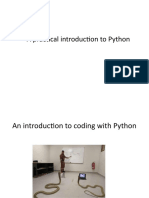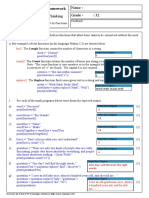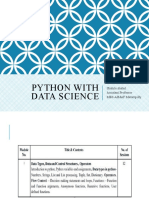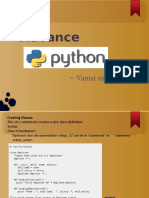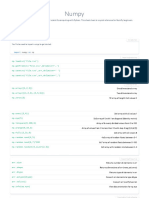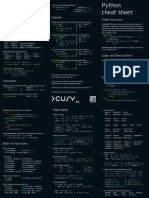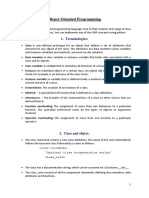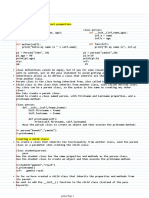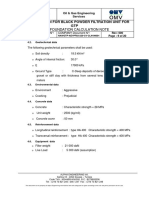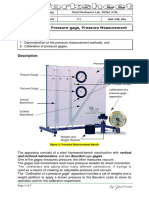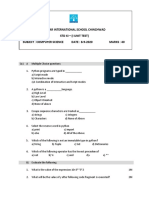0% found this document useful (0 votes)
254 views19 pagesNumpy Complete Material
The document discusses NumPy arrays and their advantages over regular Python lists. It provides examples of how to create one, two, and three dimensional NumPy arrays. It also demonstrates various NumPy functions for initializing arrays, analyzing arrays, and performing mathematical operations on arrays. NumPy arrays allow fast element-wise operations and are preferable to lists for numerical computing tasks.
Uploaded by
Leonardo Camacho AriasCopyright
© © All Rights Reserved
We take content rights seriously. If you suspect this is your content, claim it here.
Available Formats
Download as PDF, TXT or read online on Scribd
0% found this document useful (0 votes)
254 views19 pagesNumpy Complete Material
The document discusses NumPy arrays and their advantages over regular Python lists. It provides examples of how to create one, two, and three dimensional NumPy arrays. It also demonstrates various NumPy functions for initializing arrays, analyzing arrays, and performing mathematical operations on arrays. NumPy arrays allow fast element-wise operations and are preferable to lists for numerical computing tasks.
Uploaded by
Leonardo Camacho AriasCopyright
© © All Rights Reserved
We take content rights seriously. If you suspect this is your content, claim it here.
Available Formats
Download as PDF, TXT or read online on Scribd
/ 19
